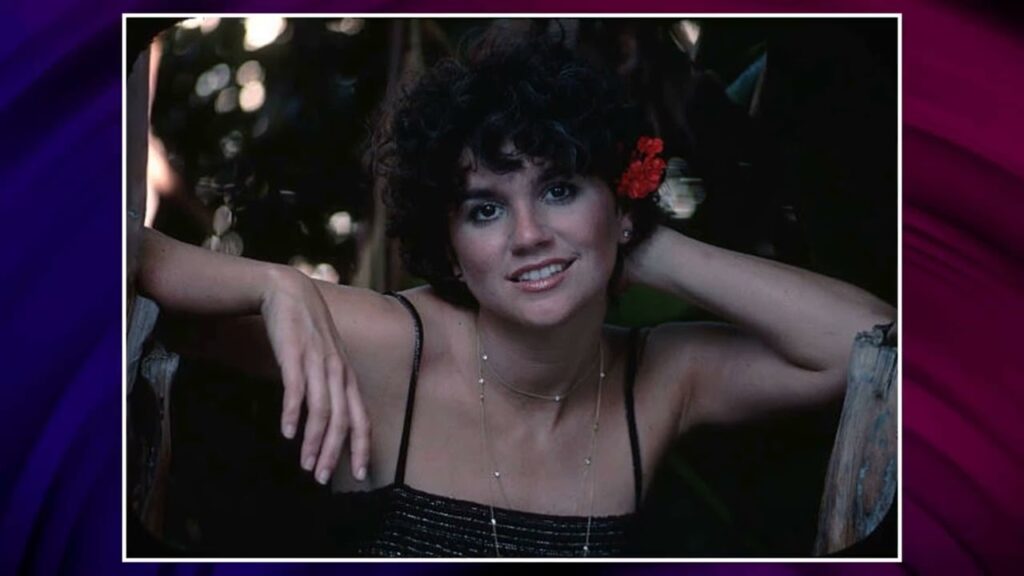
A Jubilant Return to American Innocence with a Rock ’n’ Roll Pulse
Released in 1978 as the lead single from Linda Ronstadt’s platinum-selling album Living in the U.S.A., “Back in the U.S.A.” soared onto the Billboard Hot 100, ultimately reaching No. 16—a robust chart showing that reaffirmed Ronstadt’s status as one of the most vital voices of her era. Originally written and recorded by Chuck Berry in 1959, Ronstadt’s version wasn’t merely a nostalgic nod—it was a reclamation and redefinition, filtered through her fierce vocal presence and sharply attuned cultural sensibility.
In Ronstadt’s hands, “Back in the U.S.A.” becomes more than a rock ’n’ roll standard—it transforms into a statement of identity and belonging at a time when America itself was wrestling with its post-Vietnam soul. Her choice to cover this track was no accident. Throughout the 1970s, Ronstadt had cultivated a reputation for fearlessly reinterpreting classic American material—be it rock, country, or R&B—and breathing new emotional life into it. With “Back in the U.S.A.”, she doesn’t merely cover Berry’s anthem to hamburgers and jukeboxes; she refines it with an elegance and urgency that echoes both her own restless artistry and the broader social undercurrents of late-70s America.
The original Berry version was a buoyant celebration of mid-century Americana, brimming with optimism about hot dogs on the Fourth of July and corner soda shops. But nearly two decades later, Ronstadt’s rendition carries with it the shadows of Watergate, civil unrest, and shifting gender roles. This isn’t just homecoming—it’s re-evaluation. Her voice is bright but not naïve, jubilant yet grounded. The arrangement—courtesy of producer Peter Asher—retains the propulsive rockabilly roots but introduces a gleaming West Coast polish that reflects both the musical sophistication of late-‘70s studio craftsmanship and Ronstadt’s own meticulous control over her sound.
There is subtext here that goes deeper than nostalgia. When Ronstadt sings “Did I miss the skyscrapers / Did I miss the long freeway?” she delivers those lines not as idle questions, but as poignant inquiries from someone who has ventured far enough from home—both geographically and emotionally—to see its contours clearly. The song stands at the intersection of memory and modernity, where innocence collides with experience.
And then there’s her voice: an instrument capable of both steel and silk. In “Back in the U.S.A.”, she harnesses its full range—not to mimic Berry’s swaggering bravado but to offer something more nuanced: an assertive joy laced with intelligence. In doing so, Ronstadt reclaims not just a song but a cultural space that had long been dominated by male voices. She inserts herself into rock history not as an interpreter, but as an auteur—reshaping familiar narratives to fit her own truth.
To listen to “Back in the U.S.A.” today is to hear more than just a great cover—it is to be reminded that American music, at its best, is capable of evolving without forgetting. Linda Ronstadt didn’t just return home—she made sure we heard it differently once she got there.